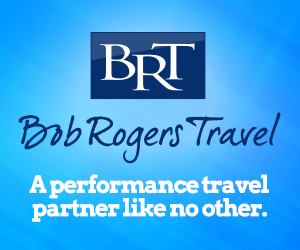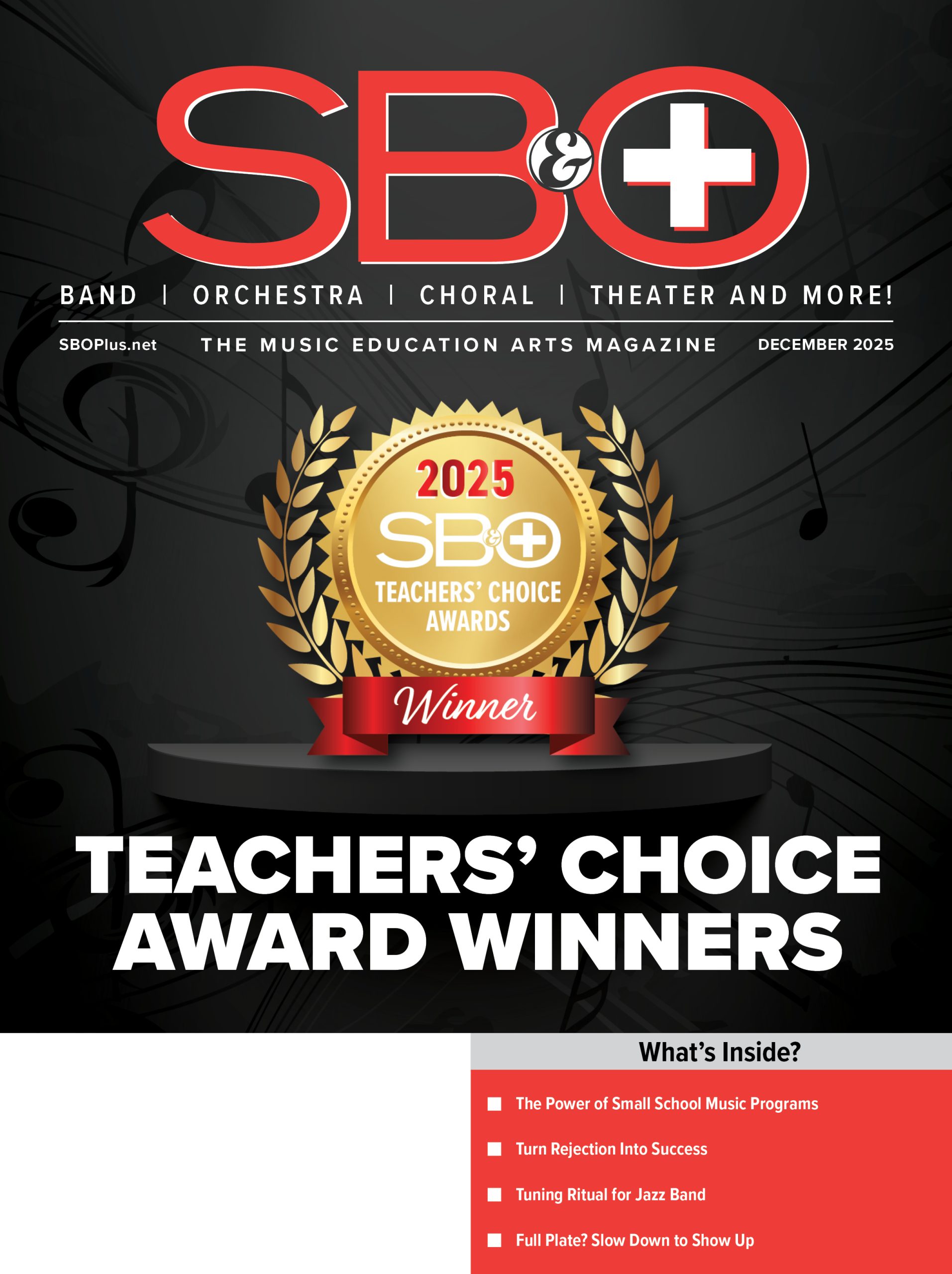 I am often asked to provide strategies for teaching students with differences and disabilities. To me, it is more important that we integrate a culture of belonging among our music classes and ensembles. When our philosophy is inclusive, the strategies are easier to determine.
I am often asked to provide strategies for teaching students with differences and disabilities. To me, it is more important that we integrate a culture of belonging among our music classes and ensembles. When our philosophy is inclusive, the strategies are easier to determine.
Once our inclusive philosophy of belonging is in place, we can begin to create adaptations that fit a universal design for learning (UDL) framework. For students who need more and extra from us, I recommend the following framework.
Modality
Kinesthetic – It is important to use movement activities to accompany listening experiences. Many students learn best when their bodies are in motion. Concepts like tempo, style, dynamics, and genre can be practiced through movement. Students can also benefit from three dimensional figures that represent abstract concepts like notes, rhythms, solfege, dynamics, and artistic markings.
Visual – Displaying a score on a screen and asking students to track the measures while listening to a recording can be very helpful for students who need to visualize the music. A picture or written schedule to accompany any aural directions and procedures in class can ease student frustration.
Aural – Students may excel when given the choice of modality for response to a quiz or performance test. They may also perform best when given the choices to respond in two or more ways to a question or task.
Size
Removing extraneous material (things you are not focusing on during the current class or rehearsal) and creating a large space for notation can be very helpful. As music repertoire choices include greater difficulty or grade levels, the staves become smaller. Some students are no longer able to distinguish the notes and the staff. It is also important to use a simple font with no decorative elements.
 Size adaptations can also apply to the number of pieces a student performs in a marching show, the personal space a student needs around them, and the space a student needs around them when they are being assessed can be determined once the student feels safe in the environment. The amount of music you ask a student to learn or perform for an assessment or concert can be adjusted for students who are not yet able to perform the same amount of music as their peers. Enlarging the size of notes, staves, and dynamic markings on a page can help bring the attention of the students to the exact objective you are teaching.
Size adaptations can also apply to the number of pieces a student performs in a marching show, the personal space a student needs around them, and the space a student needs around them when they are being assessed can be determined once the student feels safe in the environment. The amount of music you ask a student to learn or perform for an assessment or concert can be adjusted for students who are not yet able to perform the same amount of music as their peers. Enlarging the size of notes, staves, and dynamic markings on a page can help bring the attention of the students to the exact objective you are teaching.
Color
Colored transparencies placed over music or written pages can assist students in reading. Some students have great difficulty with the black and white used in music. The transparencies help to relax the rods and cones in the eyes so the student can see the material without the strain. Erasable highlighters are also a game changer. Students may highlight an area or a note they are using as a focus. Erasable highlighters come in a variety of colors for use by students who need to color code their note reading.
Pacing
It may be necessary to simplify a part (use bass line, chord outlines, first note of each measure) to meet the musical needs of a student. As the student improves, these parts can be adapted to fit their growing musical achievement. A student may need to begin with a blank score that is filled in slowly as they become more comfortable with the repertoire. For some students, the amount of ancillary information on a page (title, composer, tempo, and dynamic markings) can be distracting. In addition, some students may need to learn less material. For example, learning the A section of a piece, practicing the rhythm only prior to the rhythm combined with melody, or mastering one portion of the music can be a beneficial way for students to make a meaningful contribution to the class or ensemble. If students have difficulty with aural questions, try writing the question on a piece of paper or index card prior to class. Give the student the question you will be asking and tell them if they know the answer when you ask the question to raise their hand. Partial participation in class is another important aspect as some students become overwhelmed with the sensory information during class or rehearsal.
Through use of adaptation strategies, we can begin to increase our culture of belonging and access. By providing music materials that fit the chronological age of a student while using objectives that fit the developmental age of a student, we begin to honor them as individuals. We also build a collaborative relationship with all students as they see us modeling inclusiveness (walking the walk).
Finally, being a good team player, reviewing IEP and 504 paperwork, cultivating relationships with the special education faculty and staff, and providing musical opportunities for all students at every level of PK-12 education are critical to success. When in doubt, think about how you would want to be treated if you were having difficulty in the music ensemble or classroom. It may also be helpful to think about how you would want the experience to take place if the student were your own child. We are all trying our best every day. Every day our best looks a little different, and that is okay. Be the best human you can be on any day.




















